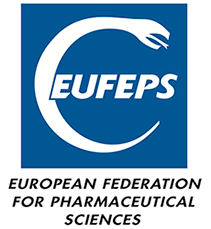Programme
Symposium A4
Systems pharmacology –innovative approaches to drug safety
Wednesday 24 May 2017
09:00-12:00
Stockholmsmässan : K1
Introduction
This session will discuss: how i) drug safety predictions based on pre-clinical studies can be exploited to inform clinical safety predictions; ii) information from post-marketing adverse event databanks can be utilized to inform drug safety; ii) systems pharmacology approaches can complement big data analysis to understand the underlying molecular and mechanistic causes of adverse events for hypothesis generation and novel safety predictions.
Promoted jointly by the AAPS Systems Pharmacology Focus Group, ASCPT Systems Pharmacology Community, ISPE International Society of Pharmacoepidemiology, FIP SIG on PK/PD and Systems Pharmacology, ISoP Special Interest Group on Quantitative Systems Pharmacology, and the UK QSP Network
Co-Chair(s): Mirjam N. Trame (USA) and Masanobu Sato (Japan)
Programme
09:00 – 09:05 Introductory remarks
Mirjam N. Trame, University of Florida, USA
09:10 – 09.35 Regulatory Perspective on Drug Safety Assessment during Drug Development
Masanobu Sato, Pharmaceuticals and Medical Devices Agency (PMDA), Japan,
09:35 – 10:00 Application of systems pharmacology modeling to explore safety issues arising at different stages of drug development
Oleg Demin, ISB Moscow, Russia
10:00 – 10:25 Translating Preclinical Safety Signals to the Clinic to Inform Compound Discovery and Early Development
Jay Mettetal, AstraZeneca, Waltham, USA,
10:25 – 10:40 BREAK
10:40 – 11:05 Systems pharmacology models to assess immunogenicity
Paolo Vicini, MedImmune, UK,
11:05 – 11:30 Integration of mechanistic information generated through systems pharmacology into pharmacoepidemiologic studies aimed at making inferences about the real-life impact of emerging safety concerns
Almut Winterstein, University of Florida, USA
11:30 – 11:55 Patient data driven strategies in drug safety assessment
David Jackson, Molecular Health, Germany
11:55 – 12:00 Concluding remarks
Mirjam N. Trame, University of Florida, USA





